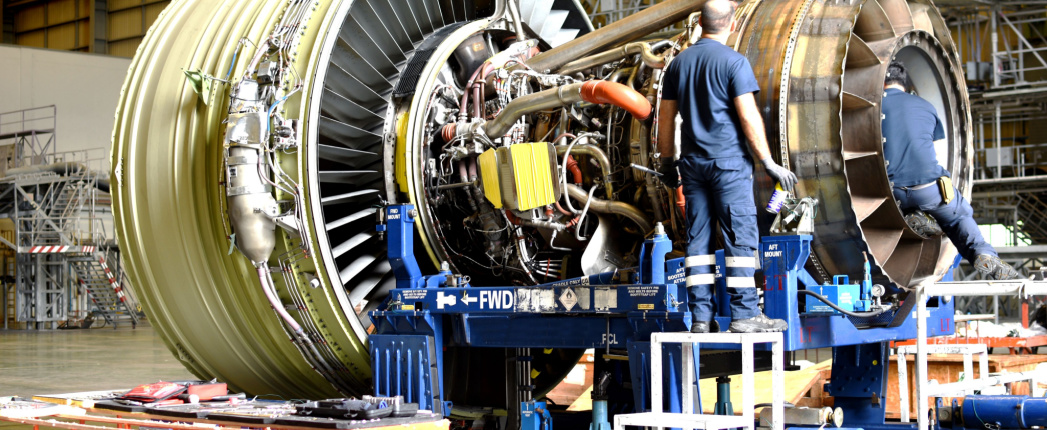
Tribology-by-design aims to simplify and make more efficient the development of tribological solutions involving lubricating oils and bearing and gear materials used in aviation gas turbines, an industry veteran said during a Society of Tribologists and Lubrications Engineers webinar.
Tribology-by-design is a process developed by Lavern Wedeven, principal of Edgemont, Pennsylvania-based Wedeven Associates, which designs and operates tribology test machines.
“Tribology-by-design is an opportunity to harmonize the science and technology of the ingredients of the interface and re-implement that through the technology supply chain,” he said during the webinar, “New Horizons for Aviation Tribology” held today.
He noted they key point, where risk comes in, is after the third TRL level. The first typically includes oil and material concepts. The second includes property tests, and the third screening tests for wear, scuffing and fatigue. The fourth TRL level is the decision point where risk comes into play. After that, the fifth level includes single contact simulations and modeling, the sixth involves aviation turbine engine tests, and the seventh actual flight tests. The ninth and final level involves fixing “bugs.”
“When you look at technology readiness for the future, we know it reduces risk – we’ve experienced that over the last 15 years,” he said. On the negative side, he noted, Technology Readiness Level is very expensive and consuming, while not conducive to innovation. “What we need to do is simplify this and work out this in a much more efficient manner,” he said. “And that’s what we call Tribology by Design.”
In aviation progress in safety and technology always come through lessons learned, he noted. “We’ve certainly made great progress; history has shown it’s a been a little chaotic, and even on some occasions dysfunctional,” he said. “Our conclusion is, with lessons learned, is that there’s an enormous impact of oil chemistry and bearing and gear, and steel surface chemistry that can put you at high risk but also give you lots of opportunity for life and durability and what we call interface engineering tribology design.”
He explained that tribology engineering is harmonization of interfacing ingredients – ingredients are the oil with its rheology and chemistry – and the substrate material body A and B, and the surface film that forms between the two on the service. Another factor is the topography, which is the geometry, roughness and texture of the surface involved. “It’s the harmonization of those ingredients to meet the functional requirements of the targeted application,” he said.
Wedeven said the key factors involved in aviation are intense motion, stress and temperature. He noted that the components in a gas turbine engine may go well over 100 miles per house. Meanwhile, the stress involved could be the equivalent to taking a Mack truck and putting it on a fingerprint. The high temperature involved could be almost skin to that of a pizza oven. “The whole idea is to capture lubrication mechanisms, avoid failure mechanisms, and understand how they’re manifested during operation,” he said.
Tribology by Design is a six-step process that includes theory, test and analysis tools, methodology, process, strategy and developing a solution. The theory has to do with the motion, stress and temperature involved, along with other parameters, such as pressure, temperature film thickness, surface roughness and interface friction.
Functional requirement addressed in tribology-by-design include life and low friction, durability; reliability, adaptability.
“Tribology-by-Design, if it’s employed to focus on critical problems, we can diagnose the problem quickly and we can find solutions quickly if we follow all the steps going forward,” he said.
Wedeven pointed out the importance of engaging everyone involved. “To implement this we need to engage the technology supply chain – from the science and technology people, material suppliers, component suppliers, OEMs and the users and operators – we’ve got to engage all those people to make it work,” he said. The question for the future is whether such systems can work in areas such as sustainability and electrification, he noted. “To do new hardware in a short period of time, we cannot operate as we did in the past, where things just take too far too long, cost far too much money and is a risk we really don’t want to take,” Wedeven said.